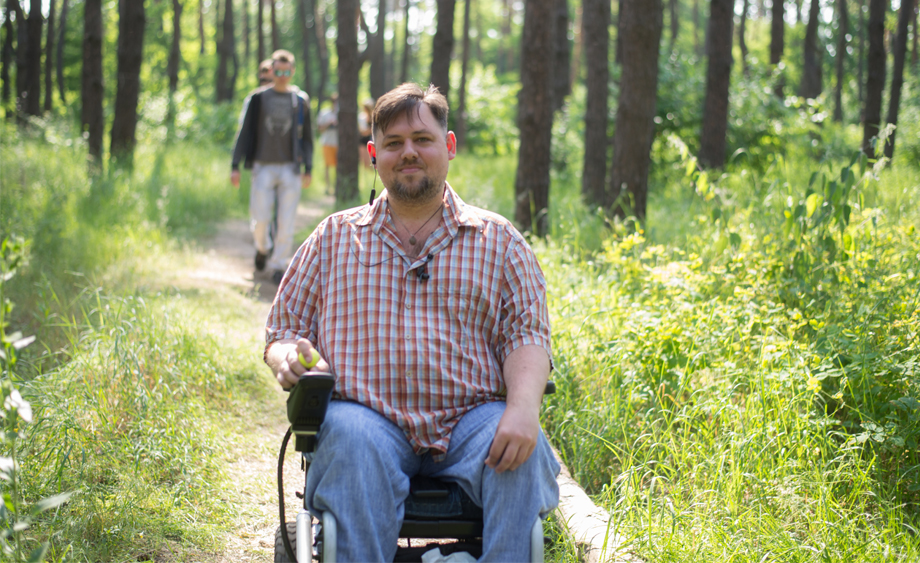
Muscular dystrophy (MD) is one of the most common genetic disorders. In fact, it’s not one disorder but a collection of 30 genetic diseases that cause progressive weakness and the degeneration of muscles used during voluntary movement.[1] Some forms of MD, such as Duchenne muscular dystrophy, are closely associated with childhood or infancy. Still, others may not appear until middle age or later years.
Each type of muscular dystrophy disorder varies in the age at which it occurs, the disorder’s severity, and which muscles are affected. The only common symptom with all types is that your muscles progressively weaken, degenerate, and decrease in size and volume.
MD can affect your ability to walk or swallow. It can also affect your heart, gastrointestinal system, endocrine glands, spine, eyes, brain or other organs. Respiratory or cardiac diseases and other complications may occur due to your MD disorder.
How does physical therapy help with muscular dystrophy?
The goal of muscular dystrophy treatment is to keep you independent for as long as possible and to prevent complications caused by weakness, reduced mobility and cardiac or respiratory complications.
Because progressive muscle weakness is a common symptom of MD, physical therapy (PT) is essential to maintain your muscle function and avoid joint problems (including the spine). PT helps you improve movement, move symmetrically, prevent malformation, and keep your muscles and joints flexible and strong for as long as possible.
Your physical therapist at Good Shepherd Rehabilitation designs a carefully tailored program for you based on your MD symptoms and goals. Your therapy may include:
- Passive stretching exercises to increase your joint flexibility and prevent contractures (stiffening of the muscles near a joint that limits its movement).
- Moderate, low-impact aerobic exercise to maintain your range of motion and muscle strength, prevent muscle atrophy and delay the onset of contractures.
- Postural correction to counter any muscle weakness, contractures and spinal irregularities.
- Training in the use of support aids, such as splints, braces, wheelchairs, overhead bed bars, standing frames, swivel walkers and other orthotic devices, to help you remain standing or walking.
- Breathing exercises and activities that build respiratory strength.
How does occupational therapy help with muscular dystrophy?
Your occupational therapist helps you relearn movements and abilities that depend on muscles weakened by MD. As your symptoms worsen, you’ll experience a progressive change in your physical abilities that will affect your activities of daily living (ADLs): feeding yourself, grooming, getting dressed, writing and performing tasks specific to your occupation. An occupational therapist can help you learn new ways to safely perform ADLs, as well as new job skills or new ways to perform tasks to maintain your job. They also teach you how to use assistive technologies for home or work, including motorized wheelchairs, wheelchair accessories and adaptive utensils.
Your occupational therapist may:
- Recommend modifications for easy and safe access at home, school, or work.
- Suggest ways to perform ADLs so that you can do them safely on your own.
- Teach you how to use orthotic devices to support weak muscles.
- Recommend communication aids and devices to assist with school, leisure, and work-related activities.
- Teach energy conservation techniques so that body movements are more efficient (to reduce fatigue).
- Advise on home modifications such as resizing or redesigning a bathroom for easier access.
If you or a family member has been diagnosed with muscular dystrophy, and you’d like to learn how Good Shepherd Rehabilitation can help with physician services, physical therapy, occupational therapy and other services, call 1-888-44-REHAB (73422) or visit our web page.
[1] Muscular Dystrophy, National Institute of Neurologic Disorders and Stroke.
